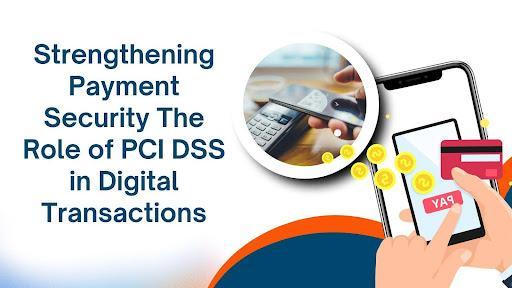
In this modern era, as financial transactions increasingly shift to digital platforms, ensuring payment security is a critical priority. The Payment Card Industry Data Security Standard (PCI DSS) serves as a key framework for protecting cardholder data, mitigating fraud, and ensuring regulatory compliance. In his latest research, Splinavas Chippovaalong with co-author Apoorva Ramesh, explores the effectiveness of PCI DSS in securing payment transactions, highlighting its evolution, implementation challenges, and impact on industry regulations. With the rise of sophisticated cyber threats, organizations must continuously strengthen their security posture to stay ahead of potential vulnerabilities.
The Evolution of PCI DSS: A Unified Security Standard
Before PCI DSS, the payment industry relied on separate security protocols, leading to inconsistencies in compliance. The formation of the PCI Security Standards Council in 2006 unified security frameworks, simplifying compliance while improving fraud prevention. Over time, PCI DSS has evolved, with version 4.0 introducing enhanced authentication, customized implementation, and stronger security controls. These updates address emerging cybersecurity threats, ensuring that payment security measures remain effective in an increasingly digital financial landscape.
Core Security Requirements of PCI DSS
PCI DSS is structured around twelve security requirements, grouped into six key objectives:
These controls ensure a layered security approach, reducing risks and strengthening payment system defenses. Additionally, continuous compliance monitoring and periodic security assessments help organizations stay ahead of emerging cyber threats and regulatory updates.
Challenges in PCI DSS Implementation
Despite its effectiveness, organizations face challenges in achieving and maintaining PCI DSS compliance:
Security Compliance vs. Real-World Protection
Many companies that suffered data breaches had previously passed PCI DSS audits, revealing a gap between compliance and actual security. Common vulnerabilities include:
This highlights the need for continuous threat intelligence and security beyond checklist-based compliance.
AI and Automation in PCI DSS Compliance
AI-driven security solutions are improving PCI DSS compliance by:
These innovations streamline audits and improve incident response, strengthening overall security.
Regulatory Impact of PCI DSS
Several regions have incorporated PCI DSS into financial regulations, enforcing stricter security compliance. Key developments include:
These regulations reinforce PCI DSS as a global payment security standard.
Future Trends in Payment Security
PCI DSS will continue evolving alongside financial technologies. Emerging trends include:
In conclusion, PCI DSS has significantly improved payment security, but compliance alone is insufficient. Organizations must embrace AI-driven monitoring, real-time risk assessment, and adaptive security frameworks. As cyber threats evolve, businesses must adopt proactive security strategies beyond regulatory requirements to safeguard financial data. As Splinavas Chippova highlights, the future of payment security depends on continuous innovation, regulatory adaptation, and the integration of advanced security technologies to protect digital transactions.